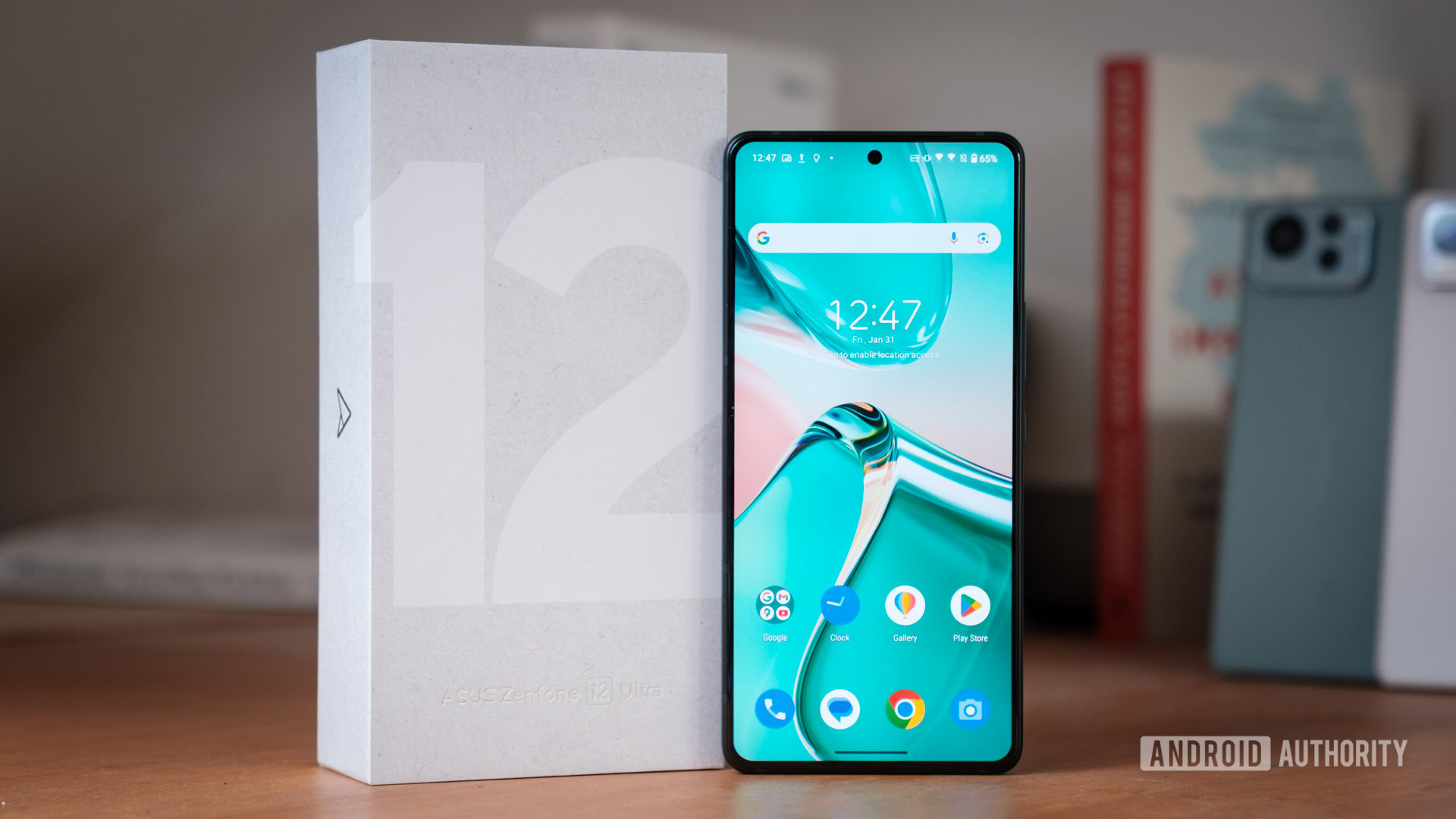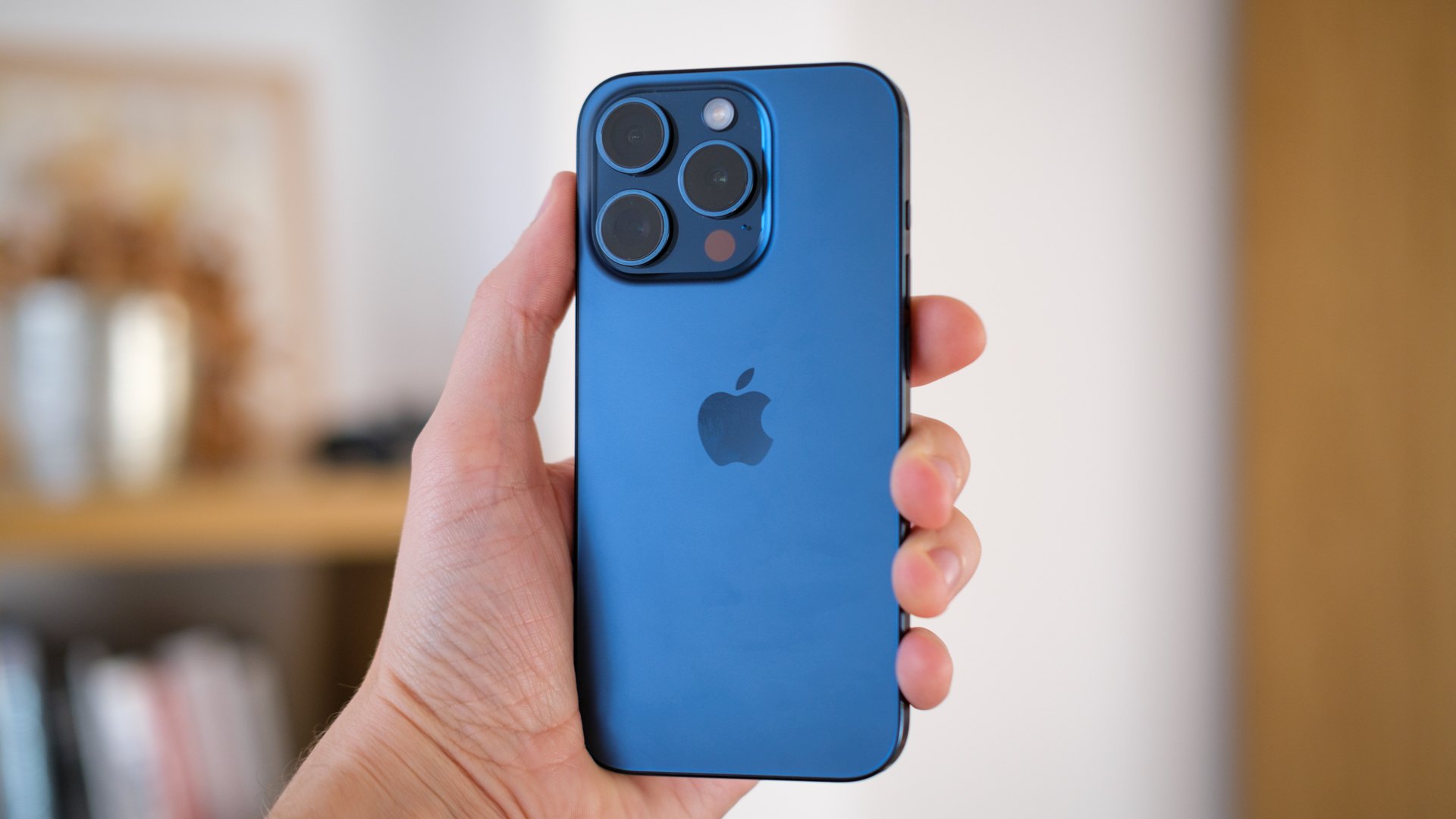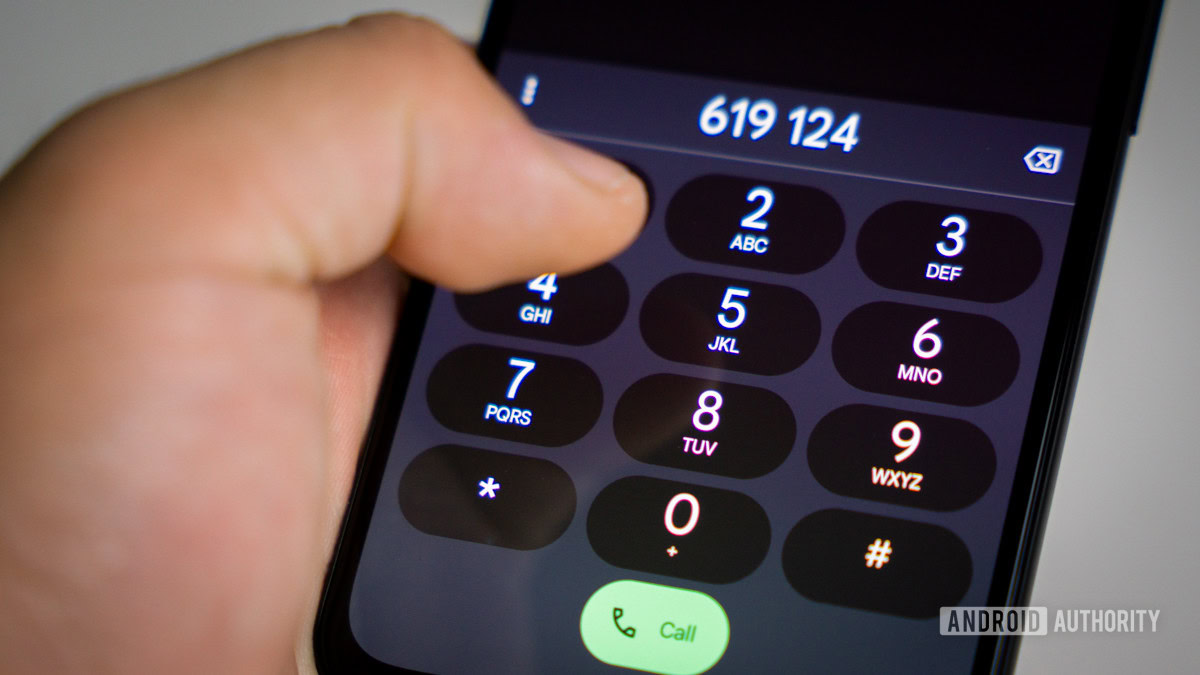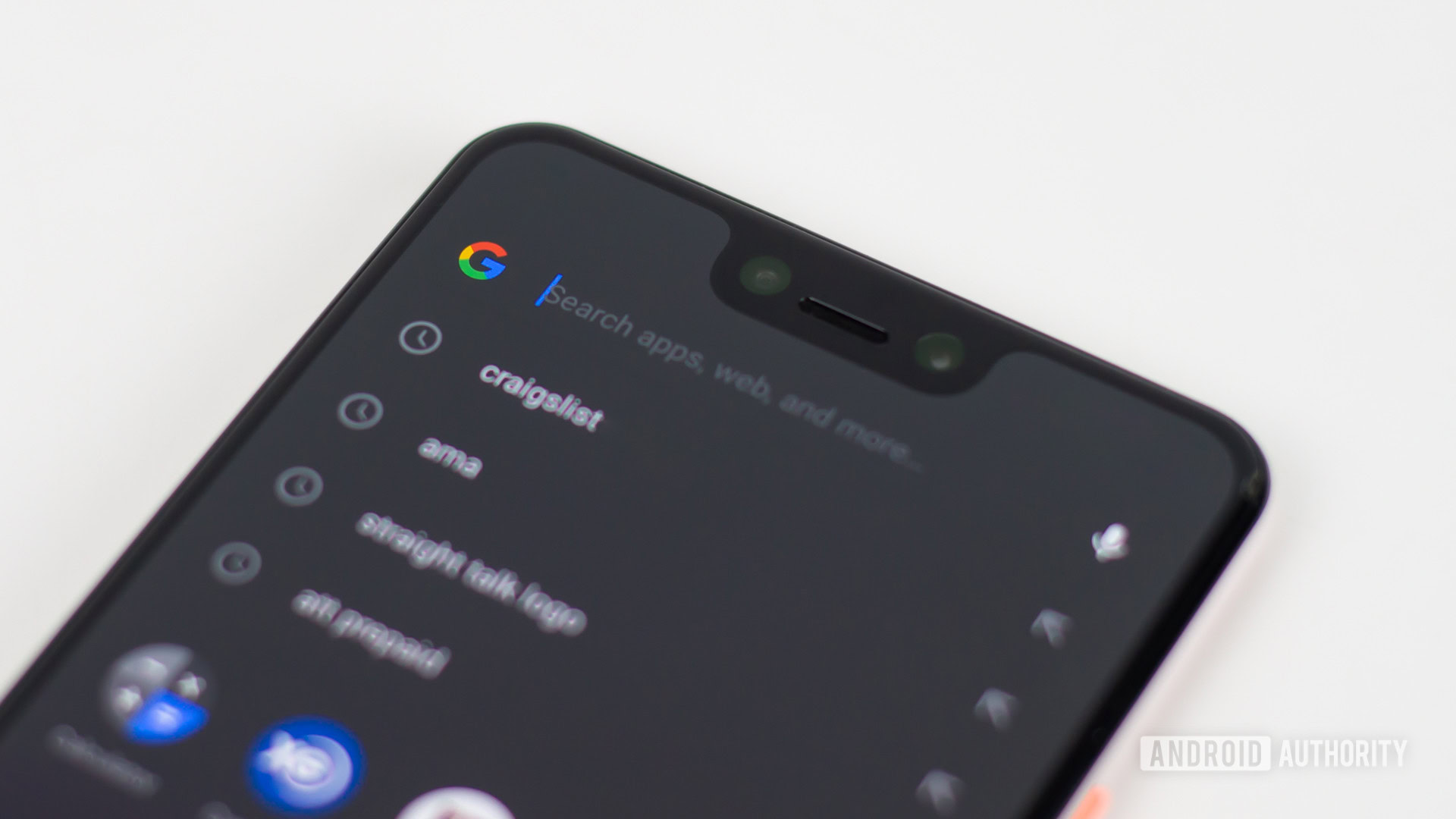Affiliate links on Android Authority may earn us a commission. Learn more.
How to check how old your phone is — find its manufacturing date
March 24, 2025
Whether you’re buying a used phone or simply curious about when your phone was made, you might wonder if there’s a way to figure out how old your phone is. Unfortunately, it isn’t straightforward to find out this information.
You can easily find out when a phone was launched, but knowing when it was made is a whole other story. Your device might have come out of the production line a year or more after the model was released. Every smartphone manufacturer handles this differently, but there are a few areas you can check or attempt to figure out how old your phone is. Here’s where to look.
QUICK ANSWER
You can check how old your phone is by looking for these details in the box. This information isn't always listed, but this is the easiest method to try first. Some phones have this information in the settings, while others hide clues in the serial code. There are some other methods, so keep reading to see if you have any luck with these.
JUMP TO KEY SECTIONS
Check your box

Check in the settings
Some phones include the manufacturing date in the settings. Exactly where it might appear in the settings will vary, but typically somewhere under About Phone or its equivalent.
Some will clearly mark it as a manufacturing date or hardware version, but others sneak it into the serial code. Unfortunately, that makes it harder for us to figure things out.
Take a look at the serial code

Apple puts the manufacturing info right into its phones’ serial numbers. In older devices, the 3rd digit refers to the year, with “9” meaning 2019, “0” representing 2020, “1” indicating 2021, and rinse and repeat. The fourth and fifth digits typically refer to the manufacturing week of the year.
Newer devices have more complex serial numbers in which the third character represents which half of each year the device was made in. “C” would be 1st half of 2020, while “D” would be the second. 2021 halves would be “F” and “G,” while 2022 halves would be “H” and “J.” Likewise, 2023 halves are “K” and “L.” The fifth character represents the week the device was built.
How to find my iPhone serial number:
- Launch the Settings app.
- Go into General.
- Select About.
- Find the Serial Number.
ASUS is another manufacturer that tends to add the manufacturing date to the serial code. It’s usually towards the end, right after the letters “MFD,” in the form of the year and month.
Samsung also includes the manufacturing month and year in its serial number. You can usually find it in the box and sometimes in the back of the phone. You can also get it from the settings.
How to find my Samsung phone’s serial number:
- Launch the Settings app.
- Scroll all the way down and tap on About phone.
- Find the Serial number.
The fourth digit represents the year. You may have to do some research, as each year seems to be represented by a random letter. 2023 is “W,” for example, while 2022 is represented by the letter “T,” and “R” stands for 2021. In my case, it’s an “M,” which represents 2019. The fifth digit will represent the month of the year. This means that if your model number uses M1 as the fourth and fifth digits, it is from January 2019.
If you think your serial number might be hiding this information, we recommend giving it a Google search. Because there are so many different OEMs out there, you will have to search for this one yourself. We’d try something like “[your phone brand and model] serial number manufacturing code.”
Try using an app
Head to Google Play and look for a phone info app. These applications can pull off information from serial numbers, IMEI codes, and other things we usually don’t understand. It doesn’t always work to determine how old your phone is, but it’s worth a shot.
Manufacturing codes

Unfortunately, if you didn’t find it on the box, in the settings, or through an app, one of your last resorts is trying manufacturer codes. The problem with these codes is that they are typically not just OEM-specific but can also vary by model, country, carrier, etc. That makes it impossible for us to guide you directly.
Some devices will respond to entering the “*#197328640#*” or “*#*#197328640#*#*” into the dialer (without quotation marks). This will then open a service menu. Go into Menu Version Information > Hardware Versions > Read Manufacturing Date.
If this doesn’t work for your device, you’ll have to look up your specific manufacturer code via Google. Some phones use the dialer’s code “*#0000#” to showcase the manufacturing date.
Google can help you find out how old your phone is

Google is your friend! You can Google your serial number or specific model to see if the search giant pulls up any interesting details that might help you determine your exact device’s manufacturing date.
If that doesn’t work, you can at least get an idea of how new your phone might be by looking for its release date. Of course, your phone’s exact manufacturing date can be a little before or significantly after its release date, but at least you get an idea of how new it can be. If the manufacturer released the phone a year ago, it can’t be more than a year old.
FAQs
Finding out a manufacturing date can help you figure out how old a phone really is. For example, this can help you price a used phone accurately to sell it. This information isn’t as helpful as it seems, though. It’s more important to compare it with similar devices and see how the market values it. Information like the exact launch date, if it’s the latest generation of its lineup, how much demand there is for it, its condition, etc. People don’t usually care when a phone came into existence.
It might make sense to worry about this, as most manufacturers offer an update promise. For example, Samsung promises four generations of Android updates and five years of security updates on select high-end devices, and more recent ones, like the Galaxy S25, get extended to seven years. This is based on the phone’s launch date, though. The manufacturing date should be irrelevant.
Not really, but there can be slight differences. It’s common knowledge that phones start slowing down, and batteries wear down with age. Newer devices may have been stored in non-optimal conditions for longer, and their battery chemicals may be starting to age. This means you’ll get slightly less performance, depending on your device’s components and materials.
That said, the difference likely isn’t significant. Wear and tear usually show up in substantial ways with constant use. A phone just sitting in a warehouse probably doesn’t age noticeably.
If you’re looking for this information, chances are you’re trying to buy a used phone. Finding out the manufacturing date is essential, but not as much as other things you should look out for. Check out our complete guide on buying used phones to get some tips.